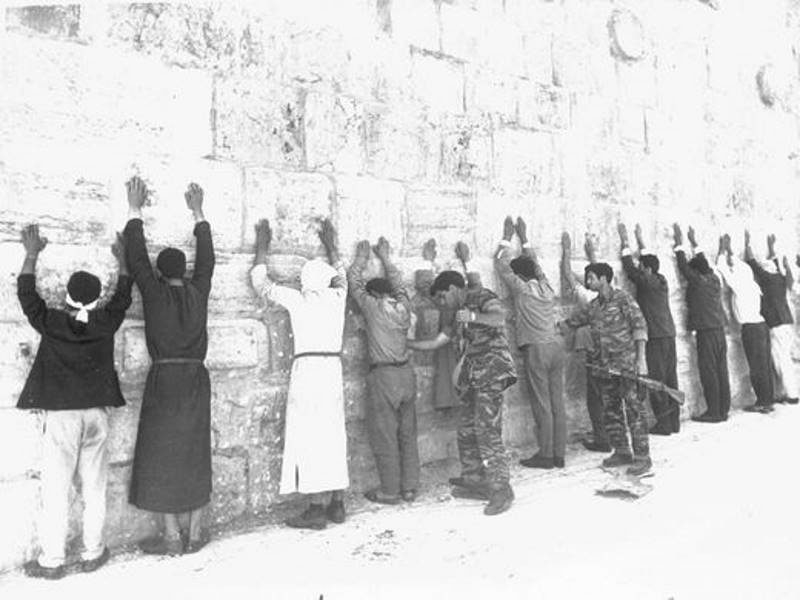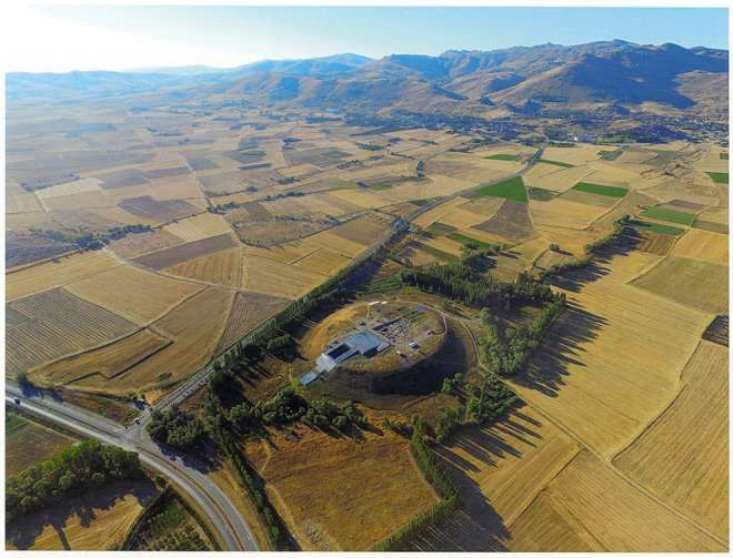OF THE
TIMES
"He was also suspected of being involved in the late-1960s disappearance of at least 100 pounds of highly enriched uranium from a nuclear fuel plant in the Pittsburgh area; many believed that the uranium was diverted to Israel to help its atomic bomb program."After an online complaint from pro-Israeli watchdog group CAMERA, the Committee for Accuracy in Middle East Reporting, the Times deleted the offending facts and appended a correction that was, unfortunately, more misleading than the original. The Times correction stated, "though Mr. Eitan visited the plant around the time of the disappearance, it was never shown conclusively that he had had an important role in it."
We took the liberty to make some inquiries concerning the grounds of their [Barbary's] pretentions to make war upon nations who had done them no injury, and observed that we considered all mankind as our friends who had done us no wrong, nor had given us any provocation. The ambassador answered us that it was founded on the laws of their Prophet, that it was written in their Koran, that all nations who should not have acknowledged their authority were sinners, that it was their right and duty to make war upon them wherever they could be found, and to make slaves of all they could take as prisoners, and that every Musselman who should be slain in battle was sure to go to ParadiseOne need not conjecture what the American ambassadors -- who years earlier had asserted that all men were "endowed by their Creator with certain inalienable rights" -- thought of their Muslim counterpart's answer. Suffice to say, because the ransom demanded was over fifteen times greater than what Congress had approved, little came of the meeting.
It is an article of faith among Israelis that the Golan Heights were captured in the Six-Day War to stop the Syrians from shelling the settlements down below. - Avi Shlaim
The State of Israel took control of the Golan Heights in 1967 to safeguard its security from external threats. - Donald TrumpAvi Shlaim in The Iron Wall: Israel and the Arab World writes that Israel's escalation of tensions on the Syrian front prior to June 1967 was the "single most important factor dragging the Middle East to war". Prior to the war news stories told again and again of Syrian's firing at Israeli farmers from the Golan Heights but the full circumstances of those conflicts was not revealed publicly until 1997 when a reporter published notes of his interview with the military commander Moshe Dayan in 1976. In that interview
Dayan confessed that his greatest mistake was that, as minister of defense in June 1967, he did not stick to his original opposition to the storming of the Golan Heights. Tal began to remonstrate that the Syrians were sitting on top of the Golan Heights. Dayan interrupted,
Never mind that. After all, I know how at least 80 percent of the clashes there started. In my opinion, more than 80 percent, but let's talk about 80 percent. It went this way: We would send a tractor to plow someplace where it wasn't possible to do anything, in the demilitarized area, and knew in advance that the Syrians would start to shoot. If they didn't shoot, we would tell the tractor to advance farther, until in the end the Syrians would get annoyed and shoot. And then we would use artillery and later the air force also, and that's how it was. I did that, and Laskov and Chara [Zvi Tsur, Rabin's predecessor as chief of staff] did that, and Yitzhak did that, but it seems to me that the person who most enjoyed these games was Dado [David Elazar, OC Northern Command, 1964-69]. (Shlaim, 250f)


Comment: